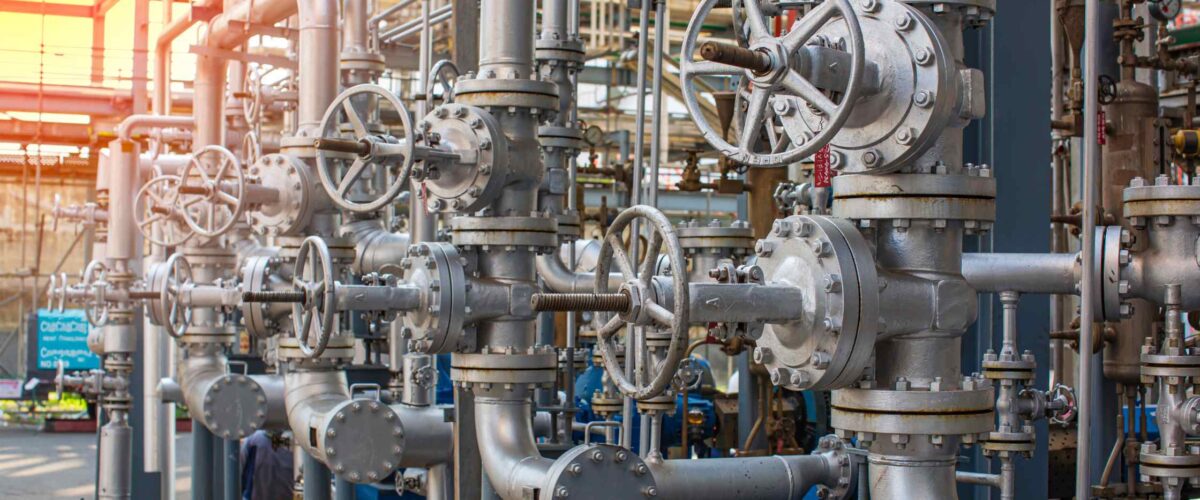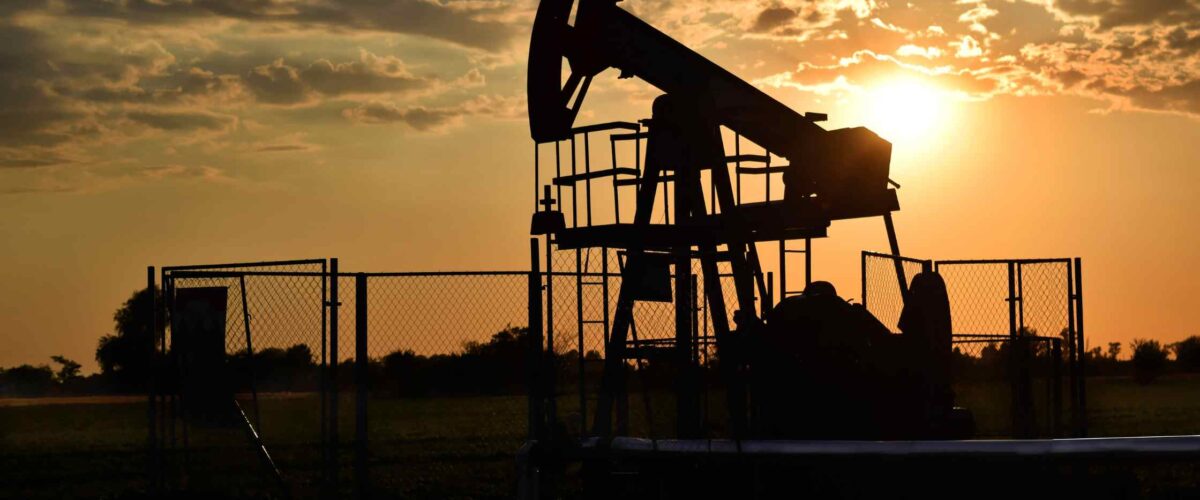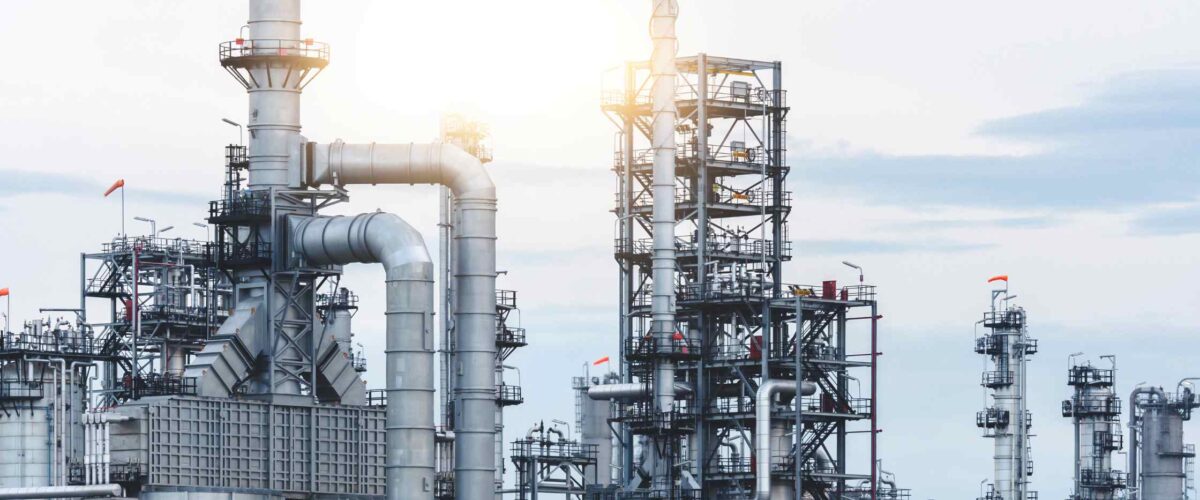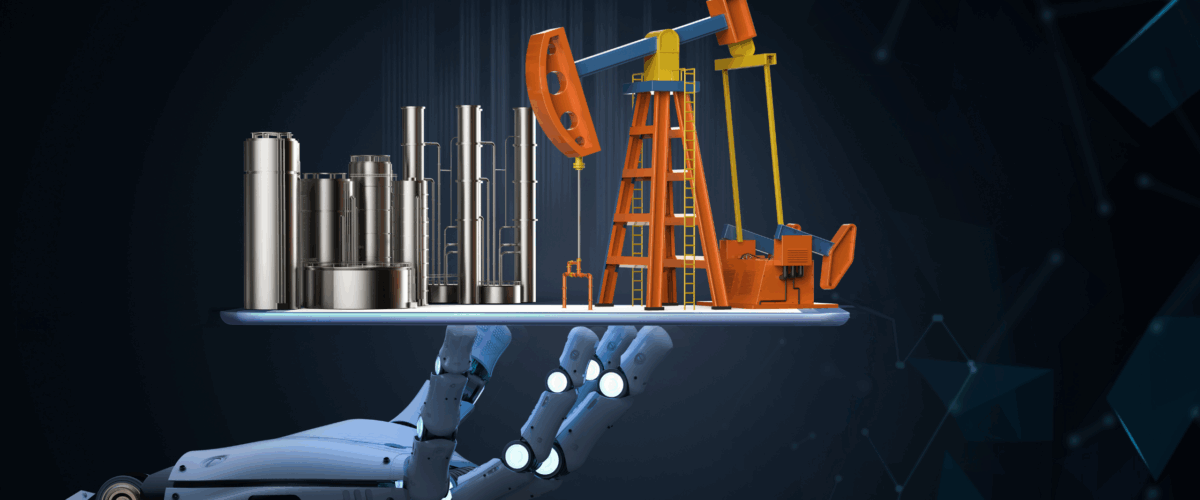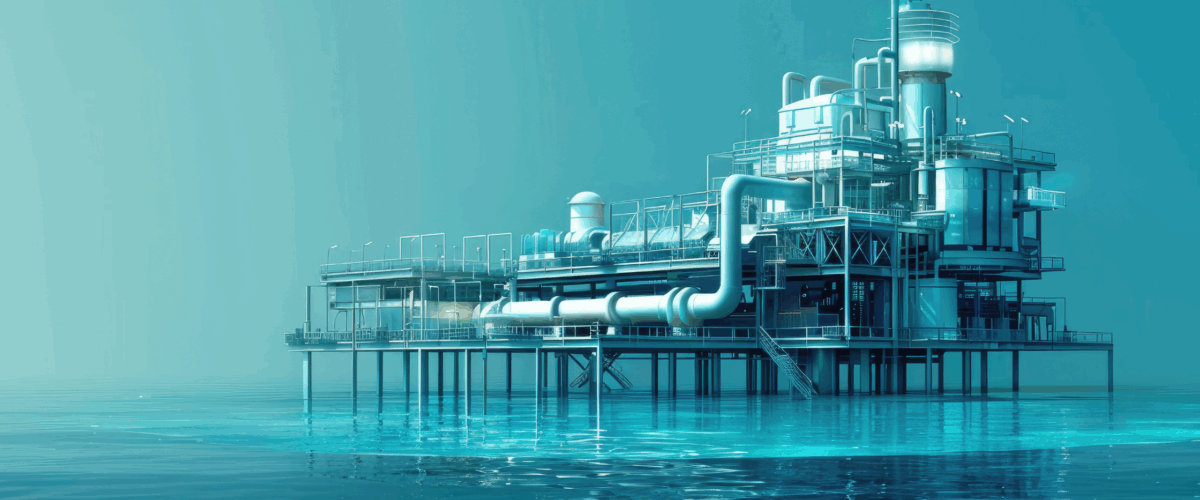The petroleum industry is undergoing a significant transformation as it adopts cutting-edge technologies to improve efficiency, safety, and environmental performance. One of the most impactful advancements in recent years is the integration of robotic solutions into petroleum equipment and operations. From automated inspections to precision drilling, robotics is reshaping how oil and gas companies approach exploration, production, and maintenance.
In an industry where margins are tight, safety is paramount, and operations are often in remote or hazardous environments, robotic systems are proving to be not just beneficial—but essential.
The Role of Robotics in the Petroleum Sector
Robots in the petroleum industry are designed to perform tasks that are dangerous, repetitive, or require a level of precision beyond human capabilities. Their use spans upstream, midstream, and downstream operations, offering a range of applications such as:
-
Inspection and maintenance of pipelines and offshore rigs
-
Automated drilling and completions
-
Subsea interventions
-
Tank cleaning and refinery operations
-
Real-time data collection and environmental monitoring
These robotic solutions contribute to higher productivity, lower operational costs, and significantly improved workplace safety.
Key Areas Where Robotics Are Enhancing Safety and Precision
1. Automated Inspections and Maintenance
Routine inspections of pipelines, tanks, and offshore platforms are critical but often expose workers to confined spaces, heights, or deepwater conditions. Robotic systems—like crawler robots, drones, and magnetic climbing bots—can be equipped with sensors, cameras, and ultrasonic testing tools to detect:
-
Corrosion
-
Cracks and leaks
-
Structural defects
These robots can operate in hazardous environments without downtime, ensuring more frequent and accurate inspections while keeping personnel out of harm’s way.
2. Robotic Drilling and Completions
Automated drilling rigs now use robotic arms to handle drill pipes, reducing manual labor and improving safety on the rig floor. Robotic systems can:
-
Automate pipe handling, casing, and tripping
-
Reduce human error during complex tasks
-
Perform 24/7 operations with consistent precision
Companies like Nabors, Schlumberger, and NOV have developed advanced robotic drilling systems that are already making rigs safer and more efficient.
3. Subsea Robotics
Remote Operated Vehicles (ROVs) and Autonomous Underwater Vehicles (AUVs) have become standard tools in offshore oil and gas operations. These subsea robots can:
-
Perform deepwater inspections and repairs
-
Connect pipelines and subsea equipment
-
Map and monitor ocean floors for exploration
Subsea robotics eliminate the need for diver-based operations and allow operators to access depths that were previously unreachable or too dangerous.
4. Robotic Tank and Vessel Cleaning
Cleaning storage tanks and pressure vessels is one of the most hazardous tasks in downstream operations. Robotic cleaning systems can:
-
Remove sludge and residue with high-pressure water or scrubbing tools
-
Operate remotely, eliminating the need for human entry
-
Reduce downtime and environmental risks
This not only improves worker safety but also increases turnaround efficiency in refineries and storage terminals.
5. AI-Integrated Robotic Monitoring
Combining robotics with AI and machine learning allows systems to make predictive decisions based on real-time data. For example:
-
Drones with AI can detect pipeline leaks and assess terrain deformation.
-
Robotic systems can flag maintenance issues before they become critical failures.
-
Predictive analytics improves maintenance scheduling, saving both time and cost.
Benefits of Robotics in Petroleum Equipment
-
Enhanced Safety: Reduced human exposure to dangerous tasks and environments.
-
Greater Precision: High-accuracy tools and consistent performance reduce error margins.
-
Lower Operational Costs: Reduced labor costs, fewer accidents, and minimized downtime.
-
Scalability and Flexibility: Easily deployed across different environments—onshore, offshore, and subsea.
-
Sustainability: Efficient operations lead to less waste, reduced emissions, and better environmental compliance.
Challenges and Considerations
While robotics offer many benefits, their adoption comes with considerations:
-
High Initial Investment: Robotic systems can be capital intensive, though ROI is typically strong in the long term.
-
Training and Skill Gaps: Workers must be trained to operate, maintain, and interpret robotic systems.
-
Cybersecurity Risks: Connected robotic systems can be vulnerable to digital threats.
-
Integration with Legacy Systems: Existing infrastructure may need upgrades to support robotic technologies.
As the industry evolves, overcoming these challenges will be crucial to realizing the full potential of robotics.
The Future of Robotics in Petroleum
The future of petroleum operations is increasingly autonomous, data-driven, and remote. Robotic systems will continue to evolve, incorporating more advanced AI, improved mobility, and seamless integration with digital twins and IoT platforms.
Expect to see:
-
Greater use of swarm robotics for large-area inspections
-
Smart, self-healing robots for real-time maintenance
-
Full automation of rig operations with minimal human intervention
These innovations not only promise safer and more efficient petroleum operations but also align the industry with broader sustainability and digital transformation goals.
Robotics is no longer a futuristic concept in oil and gas—it’s a transformative reality. By enhancing safety, increasing operational precision, and reducing downtime, robotic solutions are redefining the way petroleum equipment is designed, deployed, and maintained.
Read more on Sparkview Energy:
Automation and Robotics in Oil and Gas: Enhancing Efficiency and Reducing Human Risks
How Artificial Intelligence is Driving Sustainability in Oil and Gas Operations


